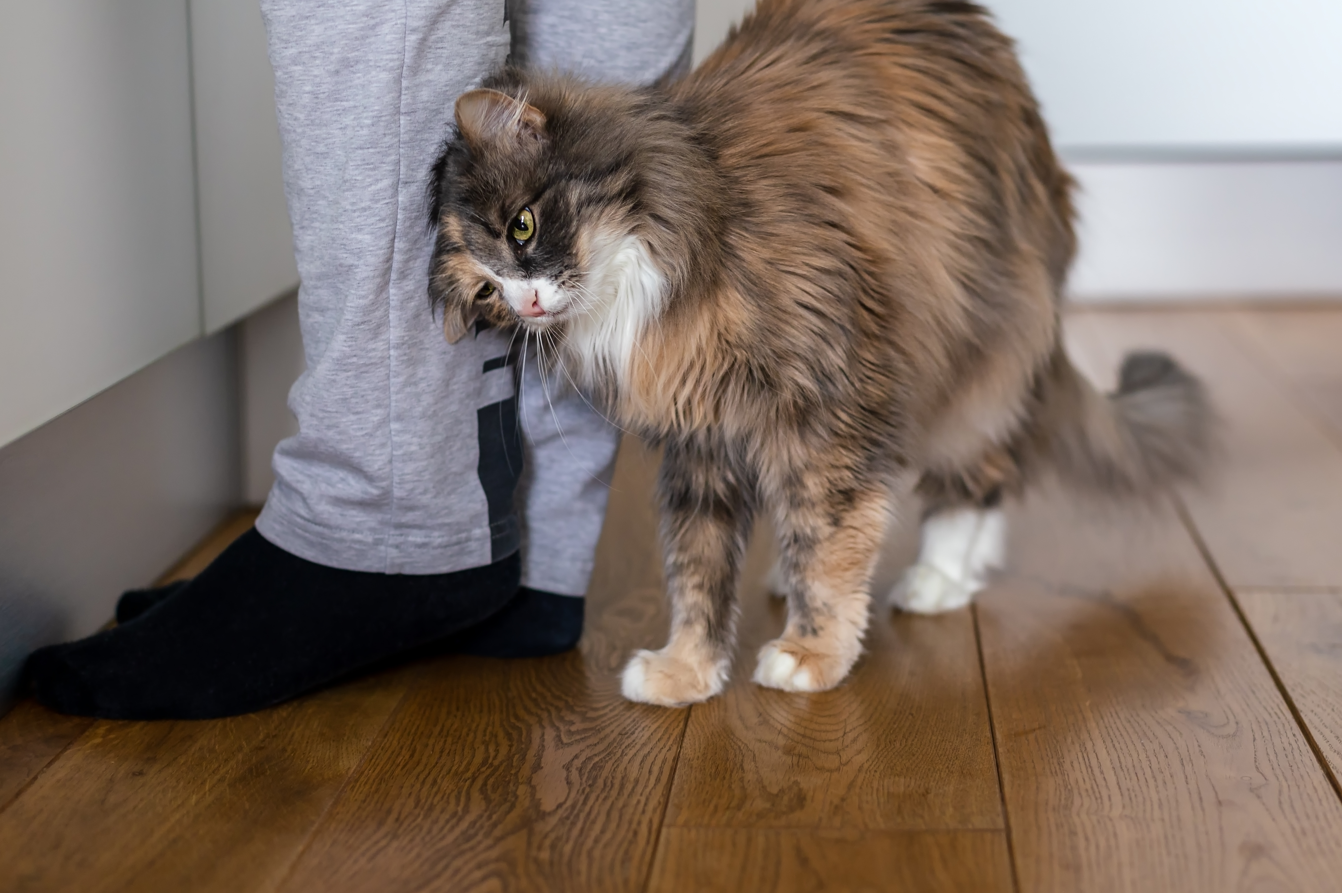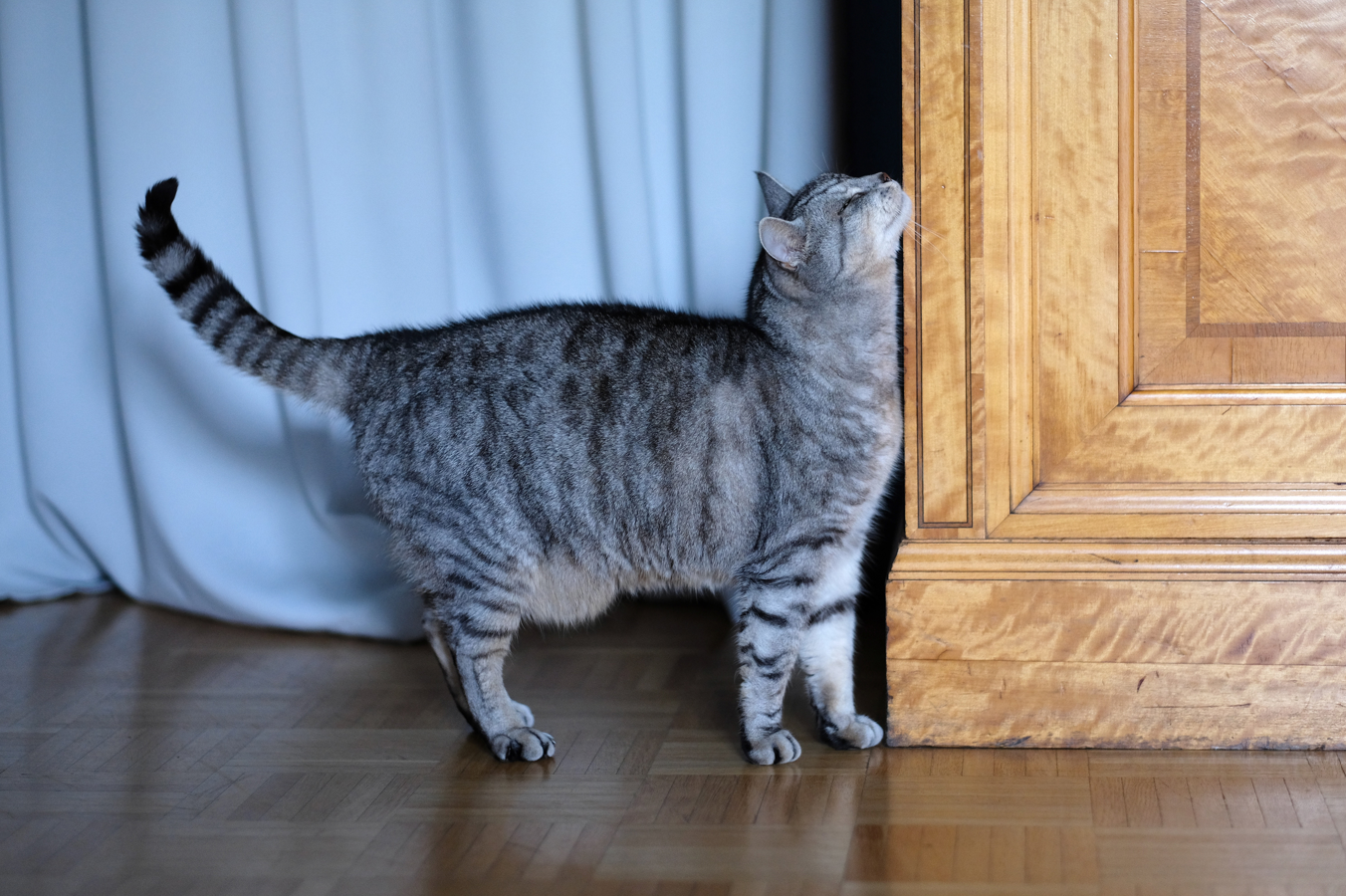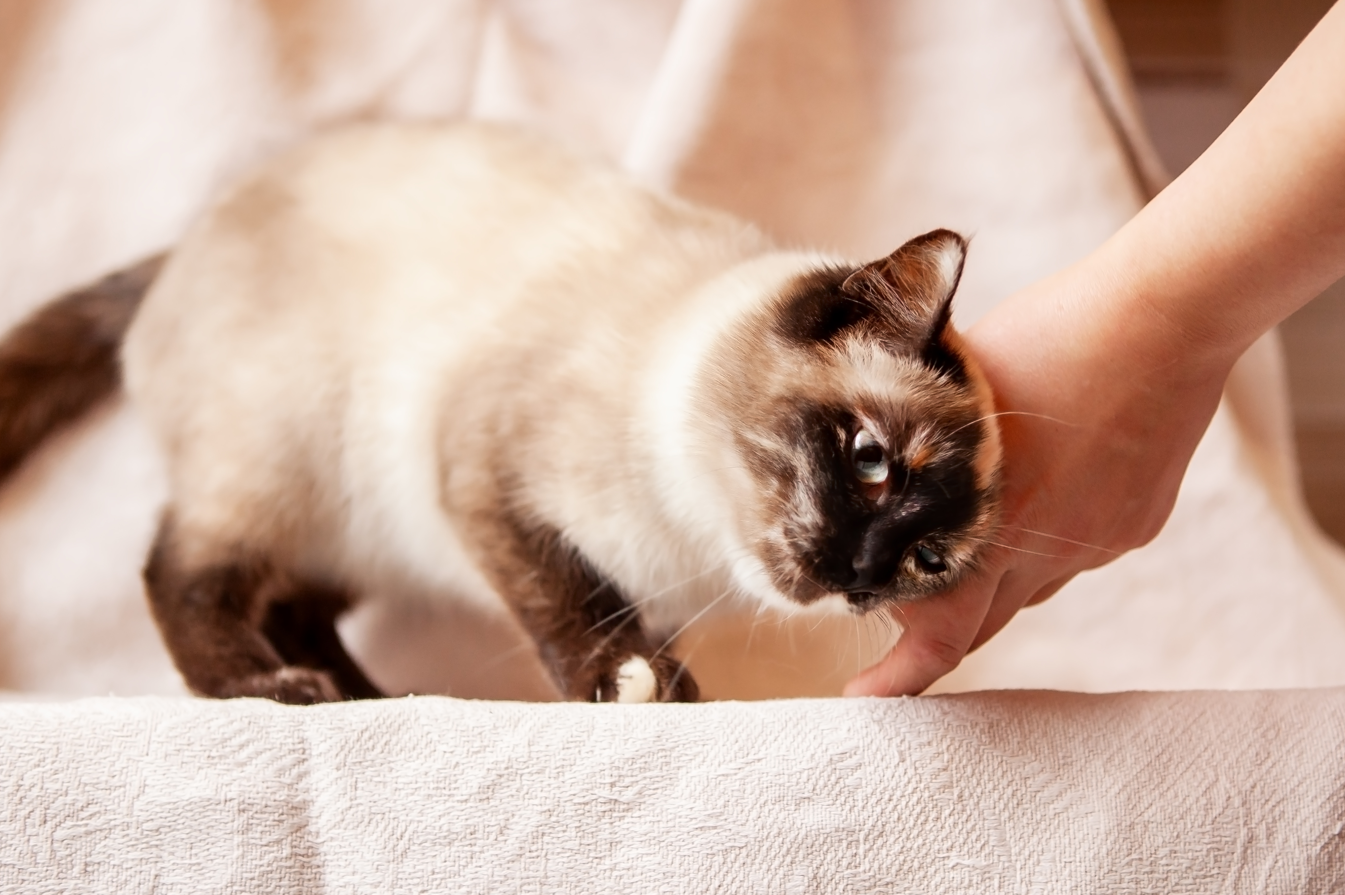Female cats come into heat (or season) when they reach puberty, most commonly around the ages of four to six months.
Breeding season for cats usually happens between spring and autumn, with unneutered cats coming into heat every two or three weeks, and each season lasting between four and six days.
We’ve outlined some of the main signs that your cat is in heat below, which include being more affectionate, rubbing against people and furniture, being noisy, weeing more or licking excessively around their backend.
Speak to your vet practice to learn more or get advice on neutering.
On this page:
- The signs to look out for
- At what age do cats come into heat?
- At what time of year do cats come into heat?
- How often do cats come into heat?
- What are the signs that my cat is in heat?
- Outdoor cats
The signs to look out for
When female cats reach puberty, they will start to have regular reproductive cycles (also known as heat or coming into season).
At what age do cats come into heat?
The age at which cats reach puberty, and therefore start to come into heat, is usually around four to six months of age but this can vary from cat to cat and based on the time of year.
At what time of year do cats come into heat?
The breeding season for cats in the UK spans between spring and autumn, and warmer temperatures combined with longer days may encourage cats born during these months to start coming into heat earlier. Indoor-only or house cats can sometimes cycle all year round.
How often do cats come into heat?
During breeding season, unneutered cats will come into heat every two to three weeks, and each season lasts between four and six days.
What are the signs that my cat is in heat?
During this time, many unneutered (unspayed) cats will show several changes in their behaviour which can be alarming or confusing if you have not witnessed them before.
Below we have outlined eight key changes you may see if your cat has come into heat:
1. Becoming very affectionate towards humans and other pets.

2. Rubbing up and down on you and the furniture.

3. Showing attention seeking behaviour such as rolling about on the floor.
4. Sticking her bum in the air when stroked, while crouching down on her front end, kneading her back feet and moving her tail to one side.
5. Being very noisy, meowing and calling out.

6. Weeing more or spraying urine to attract male cats.
7. Licking excessively around her backend.

8. Unneutered male cats will appear and start hanging around, often making lots of noise.
Sometimes these behavioural changes can seem quite extreme, and if you are ever unsure whether your cat is in heat or unwell, it is always best to speak to your vet for advice.
Outdoor cats
Any unneutered female cat who goes outside or lives with male cats who have not been castrated can fall pregnant very easily when in heat.
Cats mate very quickly and will even mate with their relatives (for example, sisters with brothers), so it is easy to get caught out.
Female cats who are let outside when in heat are also likely to be pursued by local males, and may get into fights or be injured as a result.
The best way to prevent unplanned litters and the behavioural issues that regular seasons may cause is to have your cat spayed before she has her first heat.
It is a myth that cats need to have a litter of kittens before being spayed, and many rescue centres across the country already have thousands of cats desperate for new, loving homes because of the number of kittens born each year.
If you need further advice about whether your cat is in season or would like to get your cat spayed, please reach out to your local veterinary practice for support.

